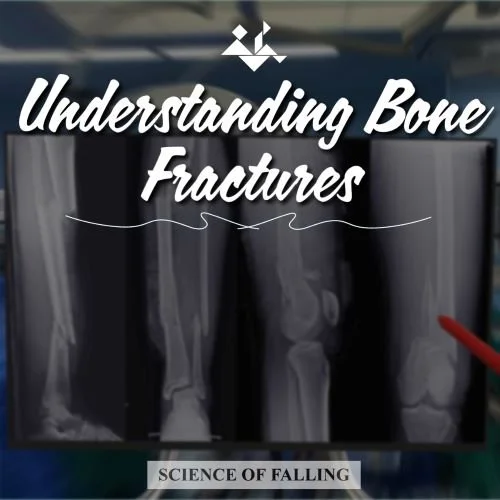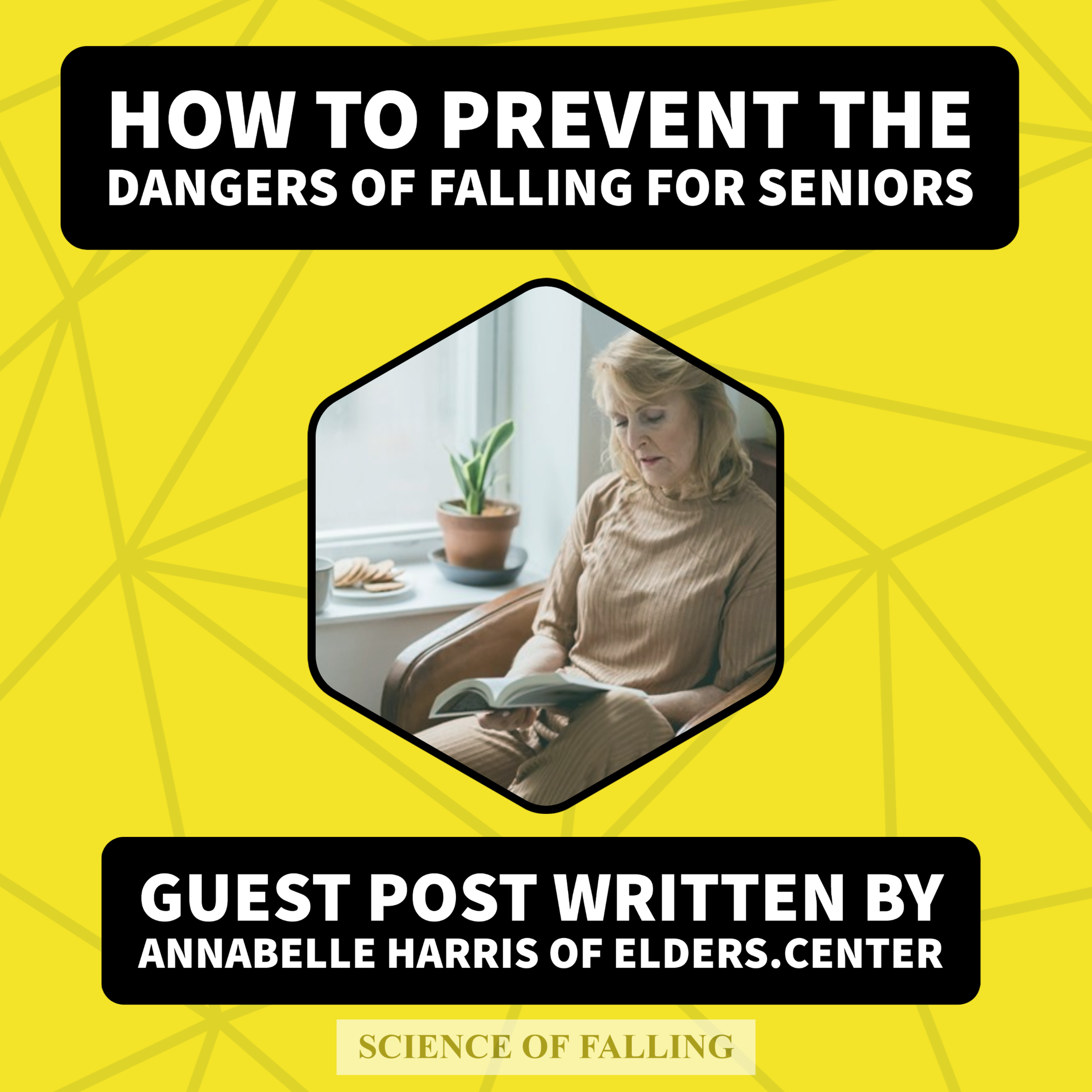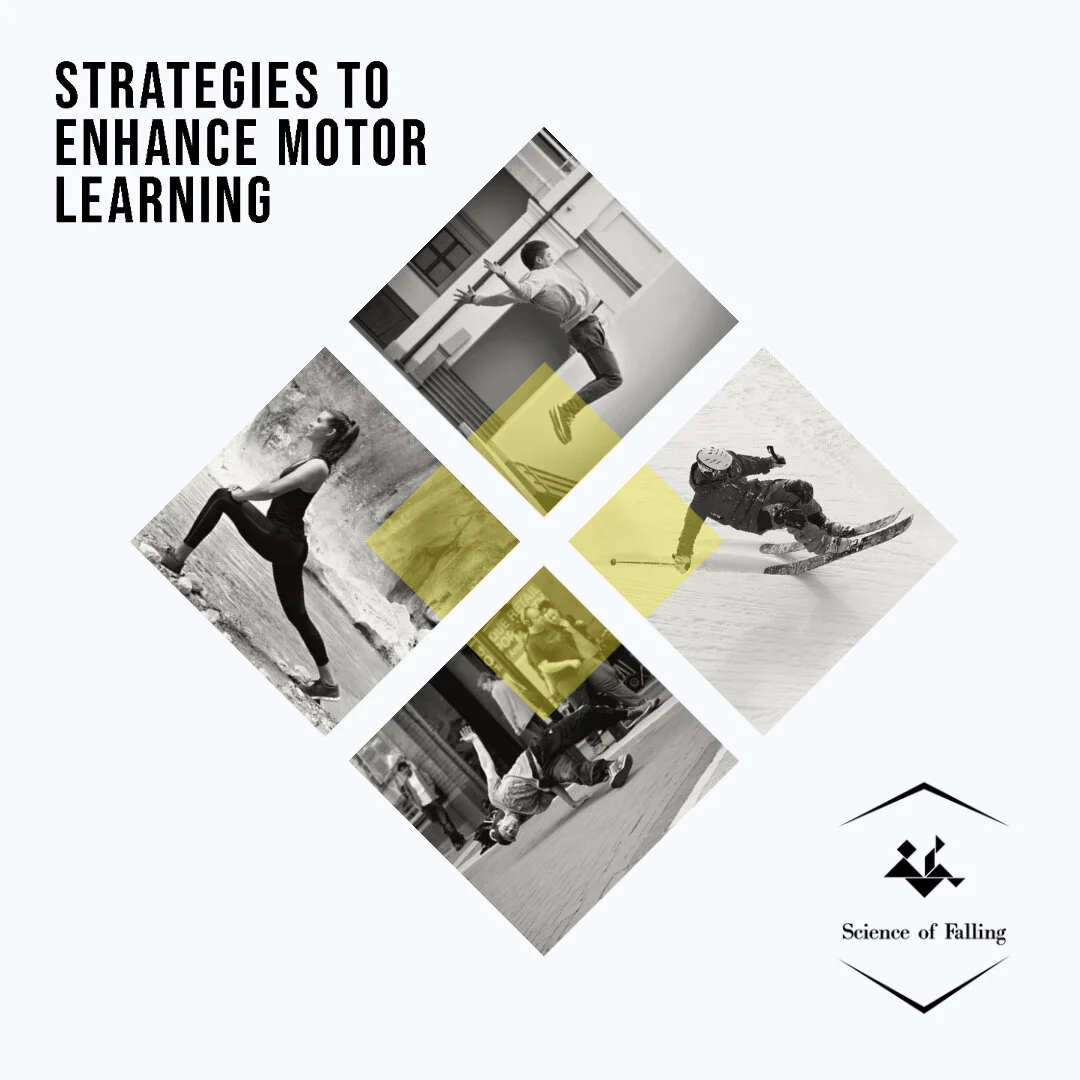Articles
How Balance and Fall Risk Impact Cognitive Health: Reducing Dementia Risk Through Movement
Discover how improving your balance can reduce fall risk and support cognitive health. This article explores the vital connection between balance and brain function, showing how regular balance training can help prevent dementia and boost memory. Learn strategies to strengthen both your body and mind through effective exercises and dual-tasking techniques. Start protecting your cognitive health today!
The Surprising Connection Between Your Tongue and Balance: Exploring a Growing Field of Research
Discover the surprising link between your tongue and balance in this fascinating article. Explore how the tongue, jaw, and their associated nerves influence postural stability, and learn about emerging research and technologies like the BrainPort that use tongue stimulation to aid those with balance disorders.
The Power of Single-Leg Balance: Why It’s Vital for Your Health and Longevity
Discover the vital role single-leg balance plays in your health and longevity. Learn how improving balance can prevent injuries, boost athletic performance, and even protect cognitive function. With simple exercises you can do in just 10 minutes a day, start enhancing your balance and ensure a healthier future.
Improve Balance and Athletic Performance by Strengthening Weak Hips and Ankles
Discover how strengthening weak hips and ankles can improve balance, prevent injuries, and enhance athletic performance. Learn the interconnected relationship between hip and ankle stability, the importance of neuromuscular control, and practical exercises for long-term health benefits. Perfect for athletes and anyone seeking to stay injury-free and improve movement efficiency.
Optimizing Bone Health: Your Complete Guide to Stronger Bones and a Healthier Future
Learn how bone density impacts strength and resilience, why osteoporosis is a silent yet serious condition, and the lifestyle changes that can help preserve bone health as you age. Discover the importance of calcium, vitamin D, exercise, and regular screenings to prevent fractures and maintain strong bones.
The Prime Five: Your Path to Lifelong Fitness and Health
Unlock the secrets to lifelong fitness with the Prime Five framework—Endurance, Strength, Balance, Flexibility, and Skillful Movement Integration. Learn practical tips and a sample workout plan to enhance your healthspan, improve mobility, and stay active as you age. Start your journey to sustainable wellness today!
SoF Historical Spotlight: The Art and Science of Tightrope Walking with A Tribute to Philippe Petit
Explore the art and skill of tightrope walking, from ancient civilizations to Philippe Petit's iconic walk between the Twin Towers. Learn about the mental and physical demands of funambulism, the incredible balance required, and Petit's lasting legacy in this daring and inspiring journey.
The Power of Tandem Balance and Tandem Walking
Improve stability and reduce fall risk with tandem balance exercises. Discover how static tandem balance and tandem walking strengthen coordination, uncover hidden balance issues, and promote healthy aging. Regular practice enhances your internal balance mechanisms, boosts cognitive function, and supports independence, helping you avoid falls and stay active as you age.
6 Muscles You Should Work for Improved Balance and Athleticism
Discover how building strength in key muscle groups like the core, quads, hamstrings, glutes, calves, and anterior tibialis can improve balance and athletic performance. Learn targeted exercises such as squats, calf raises, and hamstring curls to strengthen muscles that stabilize the body and reduce the risk of falls. Get tips on creating a customized workout routine to enhance strength and balance over time, with effective sets and repetitions for maximum results.
Understanding Bone Fractures
Falls are the leading cause of bone fractures, particularly among older adults. Learn how age, health conditions, and environmental hazards increase fracture risk, and discover proactive strategies to prevent falls. Explore the role of bone health, balance, and lifestyle choices in fracture prevention, and gain insights into different types of fractures and their impacts. Protect your bones and stay safe with effective prevention tips.
6 Practical Tips on Lighting for Reduced Fall Risk
Discover how proper lighting plays a crucial role in fall prevention. Learn how adequate illumination enhances visibility, reduces hazards, and supports depth perception, especially in high-risk areas like stairways and hallways. Explore the benefits of combining overhead, task, and ambient lighting to create a safe environment, and find tips for adjusting lighting to meet the needs of older adults, improving safety and reducing fall risk.
4 Ways to Manage Diabetes Complications for Reduced Fall Risk
Discover practical ways to manage diabetes complications and reduce fall risk in this comprehensive guide. Learn how lifestyle changes, including exercise and diet adjustments, can improve insulin sensitivity, address nerve damage (diabetic peripheral neuropathy), vision loss, and hearing/vestibular deficits. This article provides actionable strategies for diabetes management to prevent falls and improve overall health. Plus, explore tips for overcoming emotional eating and maintaining a balanced diet. If you're looking for a holistic approach to managing diabetes and minimizing fall risk, this guide is for you.
Long-term Complications of Diabetes and Risk of Falling
Discover how long-term diabetes complications can increase the risk of falling. Learn about nerve damage, vision loss, and hearing/vestibular dysfunction, and their impact on balance. This article covers key complications such as diabetic neuropathy, diabetic retinopathy, cataracts, and vestibular issues, offering valuable insights for managing fall risk. Explore how these conditions affect motor control and spatial awareness, and gain essential knowledge on preventing falls in individuals with diabetes. Part of a series on diabetes, this article highlights the intersection of diabetes complications and fall prevention.
What is Diabetes?
Learn what diabetes is, including its four main types: Type 1, Type 2, Prediabetes, and Gestational Diabetes. This comprehensive guide explores causes, symptoms, risk factors, and testing methods, helping you understand this chronic disease and its impact on health. Discover how blood sugar levels are regulated, the role of insulin, and the importance of early detection for effective diabetes management.
Guest Post: How to Prevent the Dangers of Falling for Seniors
Learn how to prevent falls and stay safe as a senior with practical tips from home modifications to lifestyle changes. Discover how to eliminate tripping hazards, improve lighting, and add grab bars to reduce fall risks. Explore the benefits of in-home care services and how regular exercise, proper footwear, and safe falling techniques can help maintain balance. Ensure peace of mind and a safer living environment for a healthier, fall-free life.
Anatomy of the Vestibular System: Understanding Your Inner Ear’s Role in Balance
Explore the complex anatomy of the vestibular system and its critical role in maintaining balance. Learn how the inner ear’s structures, including the semicircular canals, otolith organs, and hair cells, work together to detect movement and send signals to the brain. Discover how this intricate system helps you stay balanced, whether you're standing still or in motion. This comprehensive guide offers a deeper understanding of the vestibular system’s anatomy, perfect for anyone interested in balance, spatial awareness, and fall prevention.
Modified Clinical Test of Sensory Interaction in Balance (CTSIB-M)
Discover the Modified Clinical Test of Sensory Interaction in Balance (CTSIB-M) and how it helps assess balance impairments. Learn about its four key testing conditions, how to interpret results, and practical applications for identifying issues with the somatosensory, visual, and vestibular systems. Explore how CTSIB-M guides further testing and sensory re-weighting exercises to improve balance performance. Ideal for clinicians and healthcare providers looking to enhance their diagnostic process for balance-related conditions.
Strategies to Enhance Motor Learning
Discover effective strategies to improve motor learning and skill mastery! From clear pre-practice instructions and meaningful task connections to optimizing practice order and feedback scheduling, this comprehensive guide provides actionable insights for practitioners. Learn how to boost learning speed, adaptability, and retention with evidence-based techniques like part vs. whole practice, mental imagery, and tailored feedback approaches. Start enhancing motor skill acquisition today!
Intro to Motor Learning
Discover the fundamentals of motor learning and its role in skill retention and balance training. Explore motor task types, Gentile's Taxonomy, and the three stages of motor learning—cognitive, associative, and autonomous—to create effective learning strategies for patients and improve their ability to balance and perform complex tasks.
BEERS Criteria and Fall Risk in the Older Adult
Explore how the BEERS Criteria helps identify potentially inappropriate medications (PIMs) for older adults, focusing on drugs like benzodiazepines and antidepressants that increase fall risk. Learn how polypharmacy and drug interactions impact balance and safety, and discover resources to optimize medication management for aging patients.




















